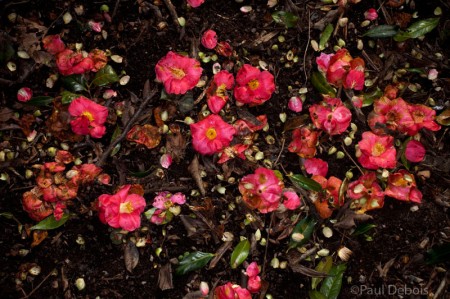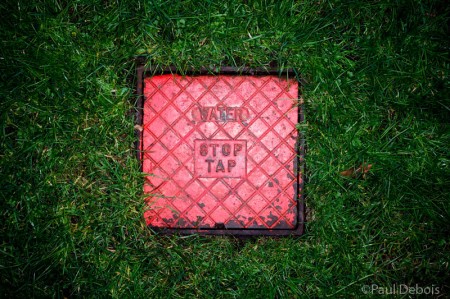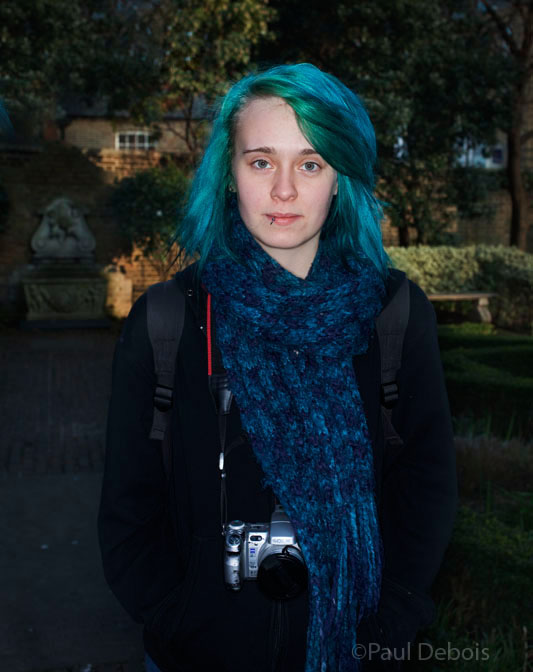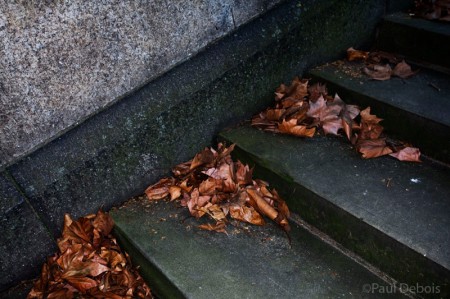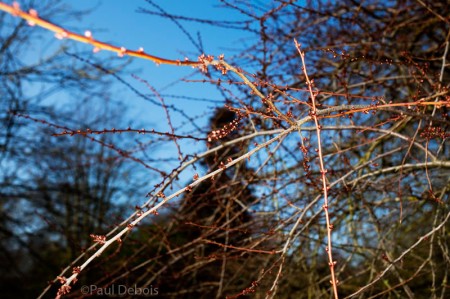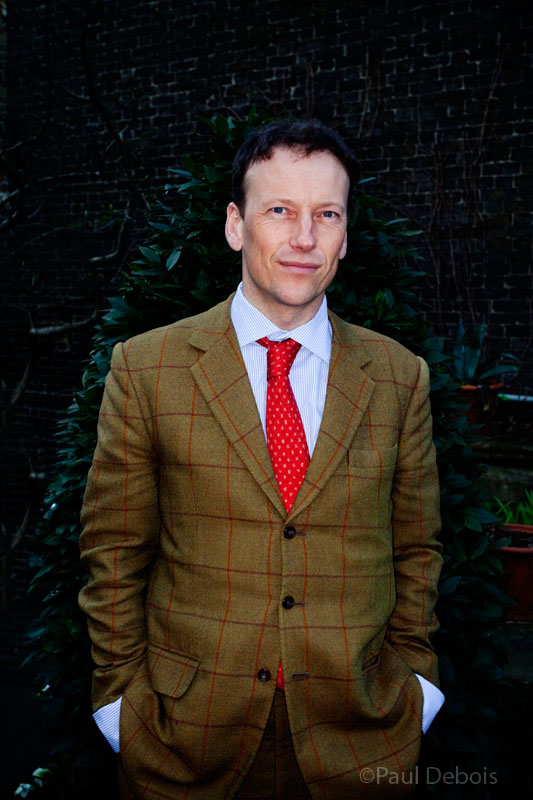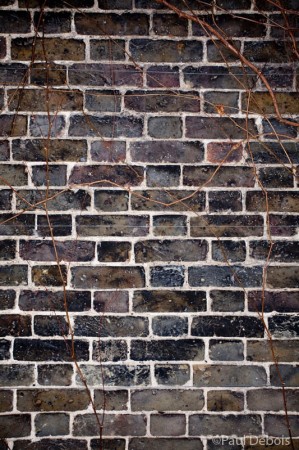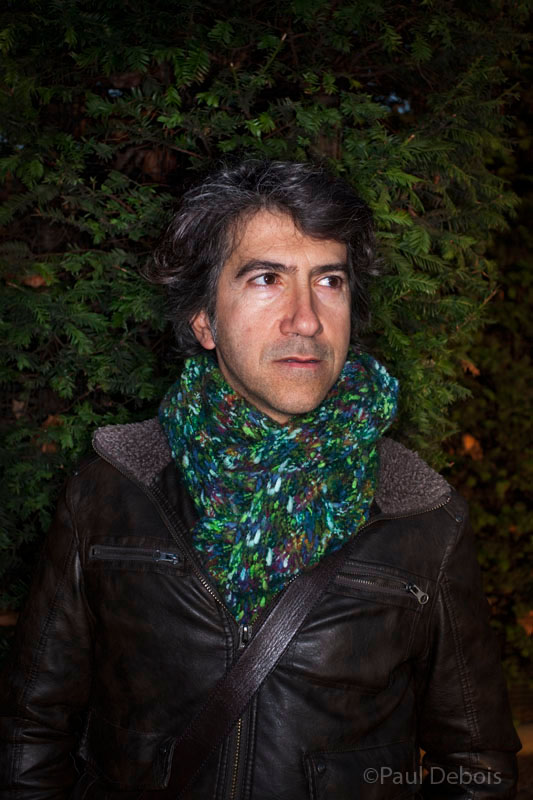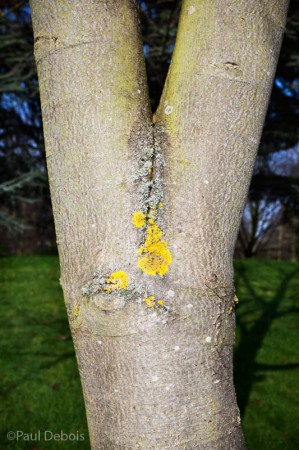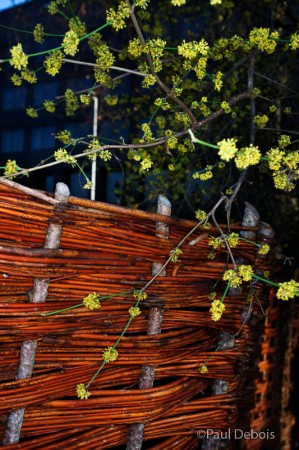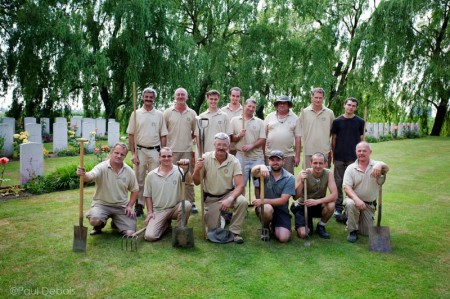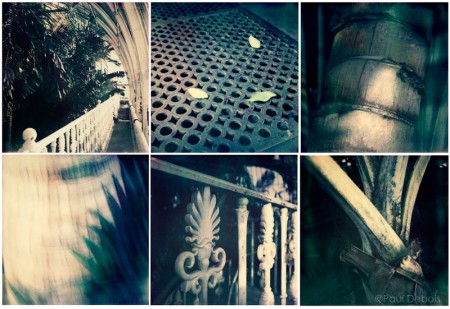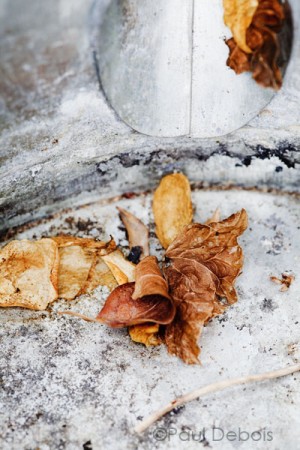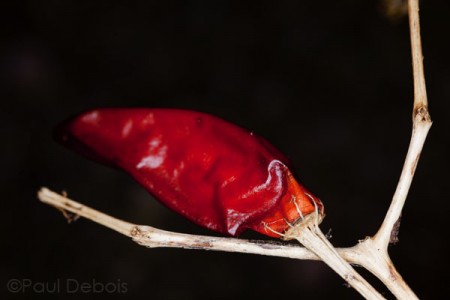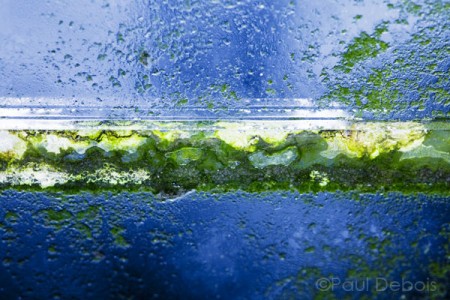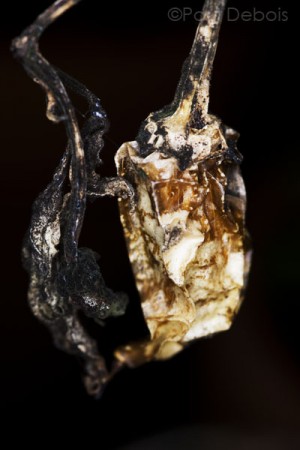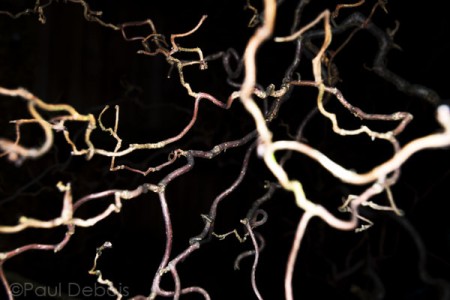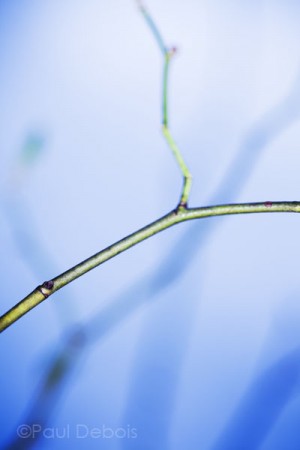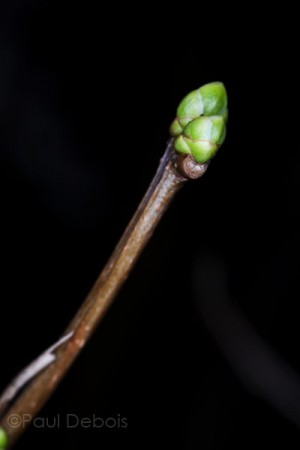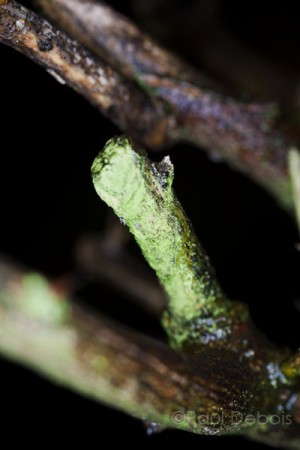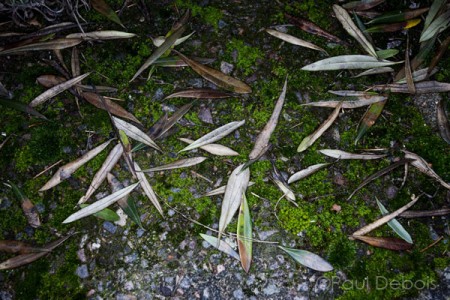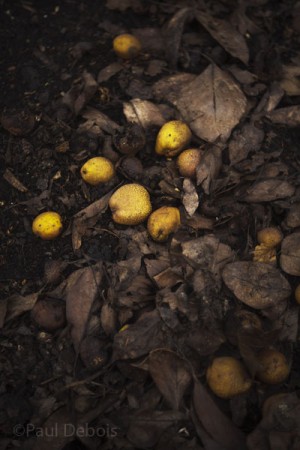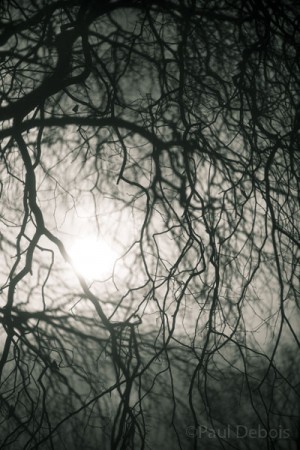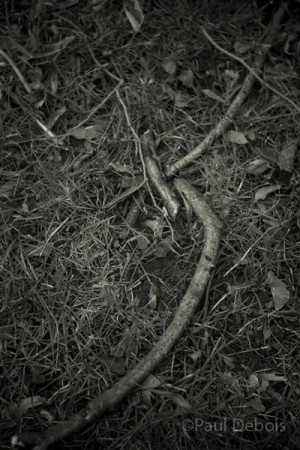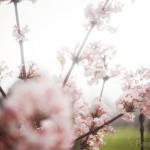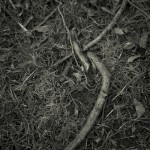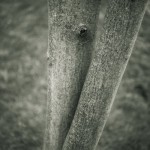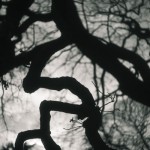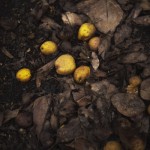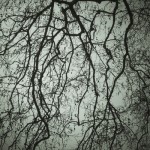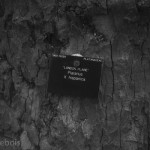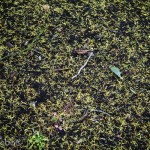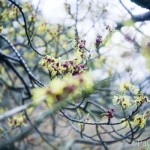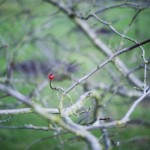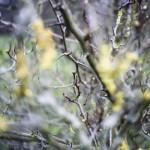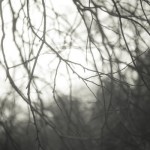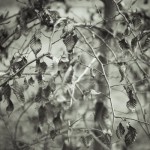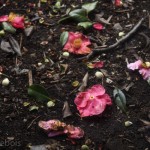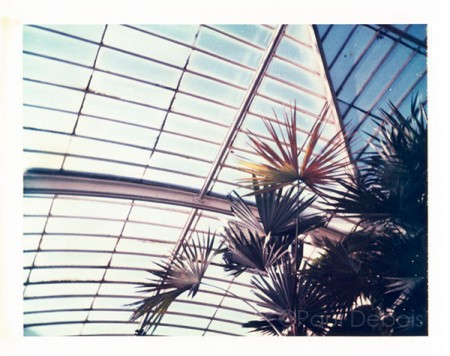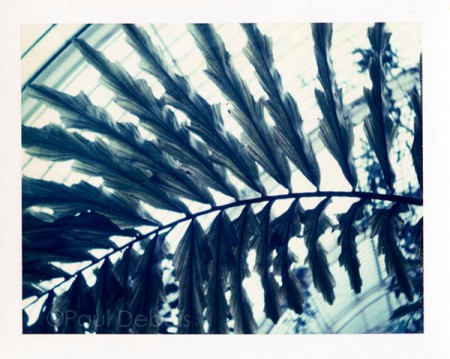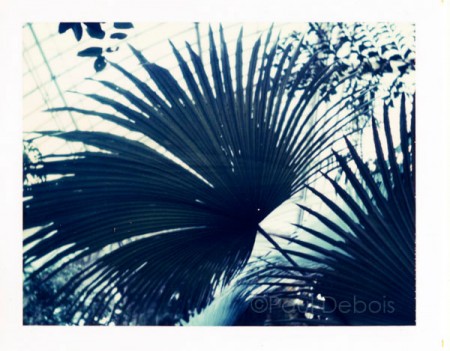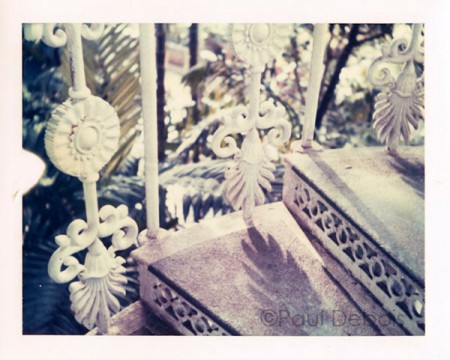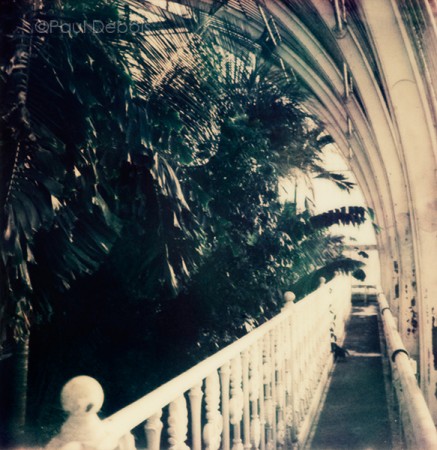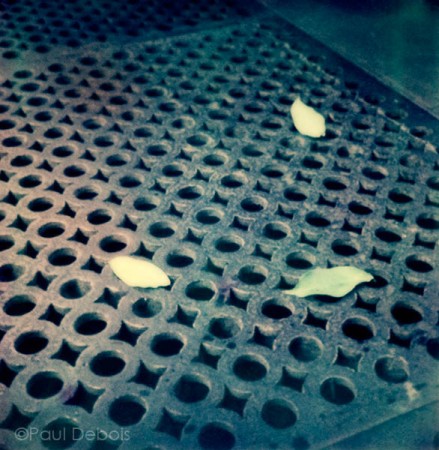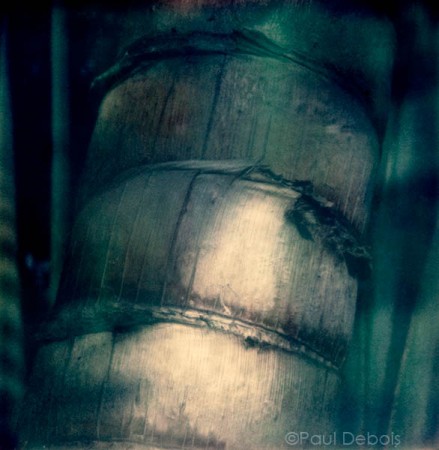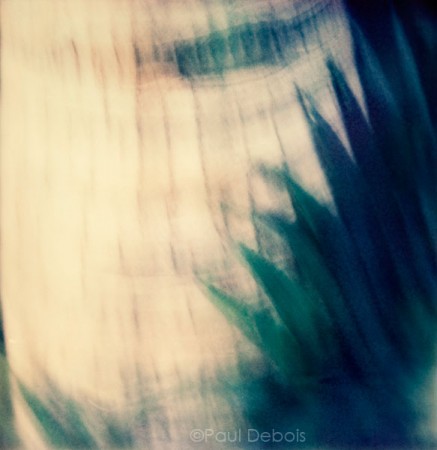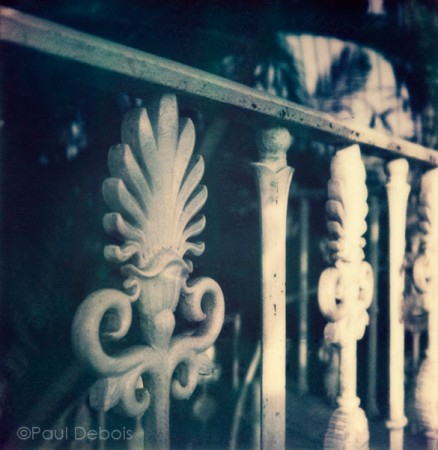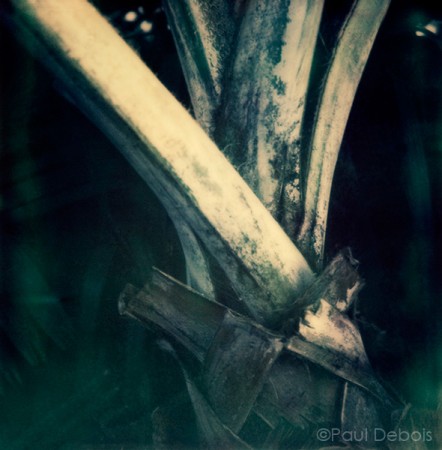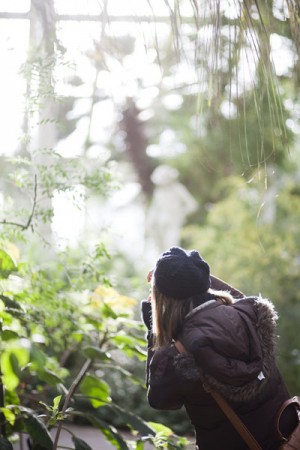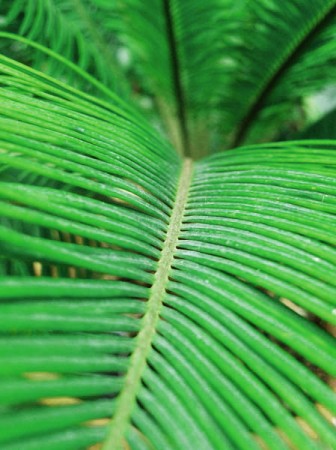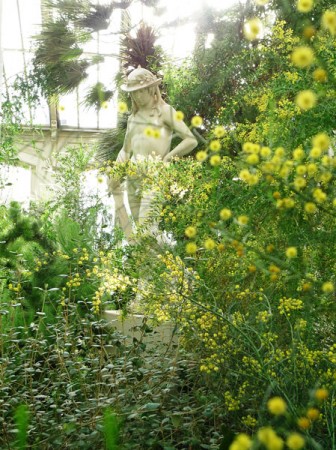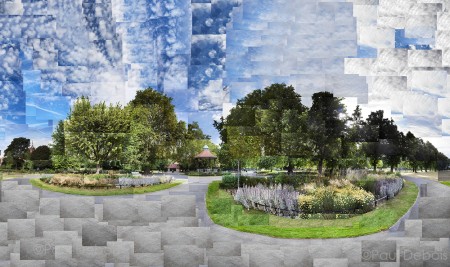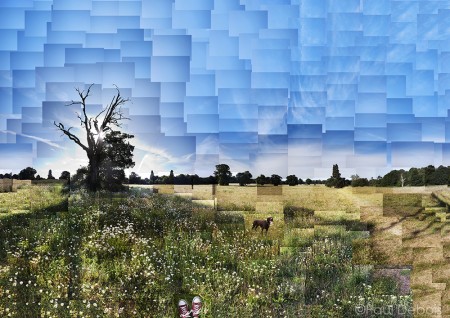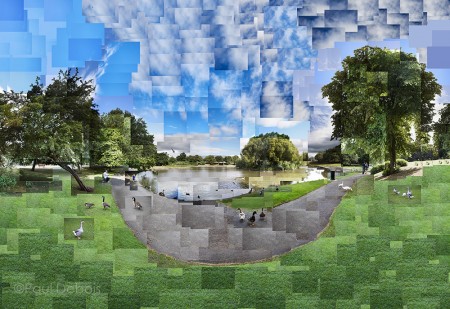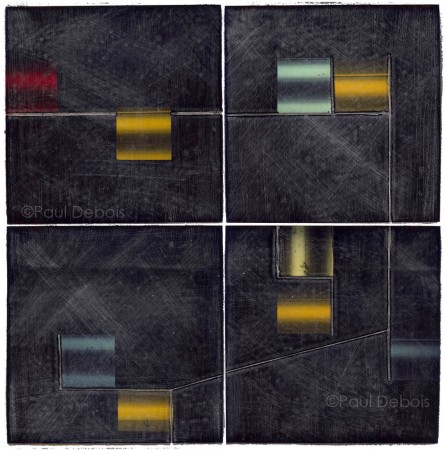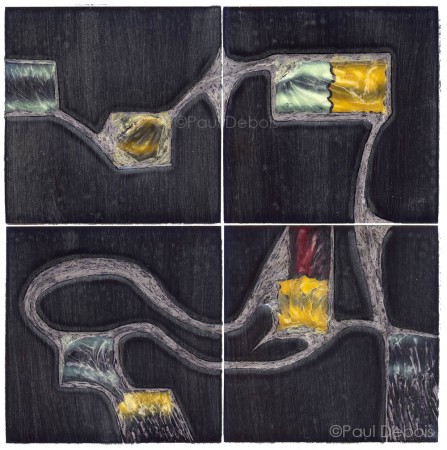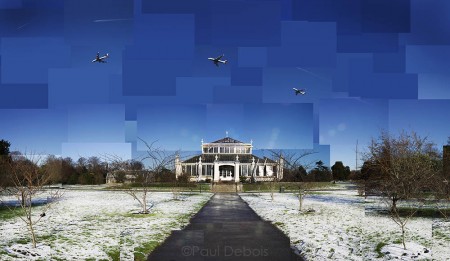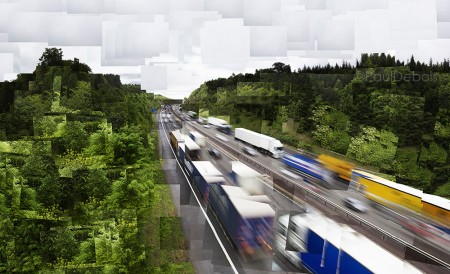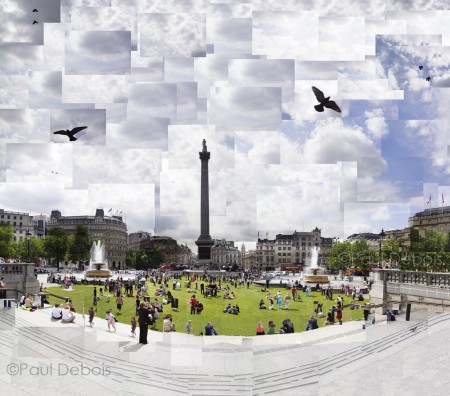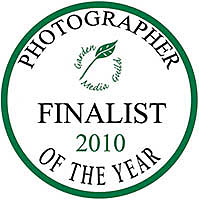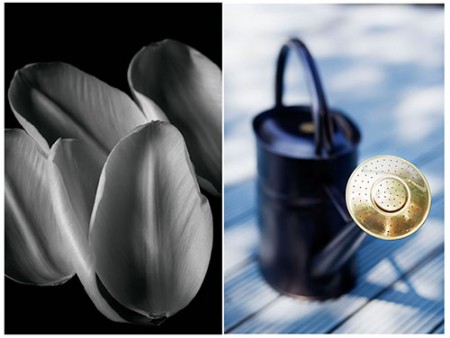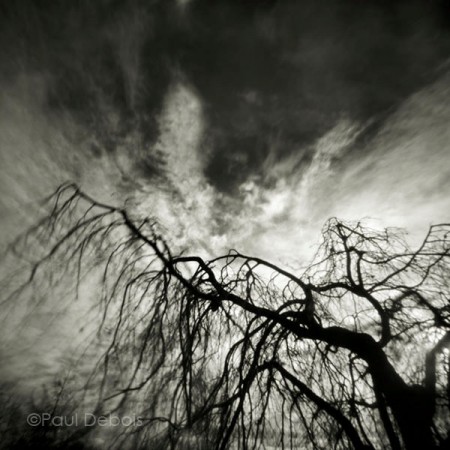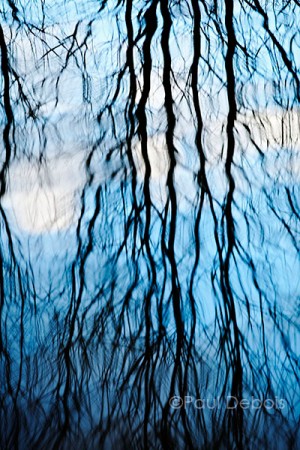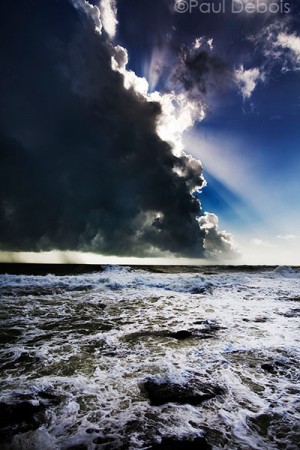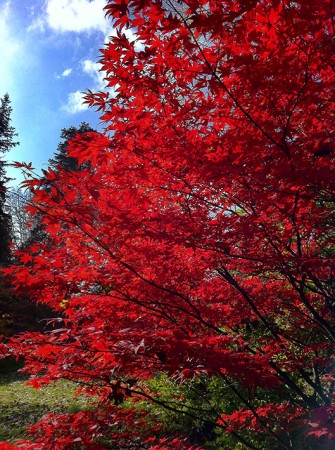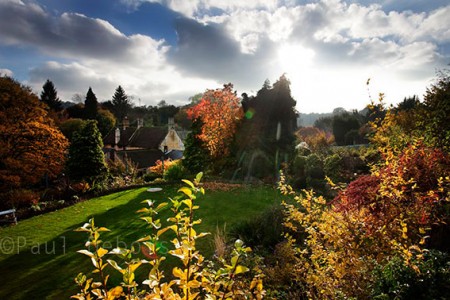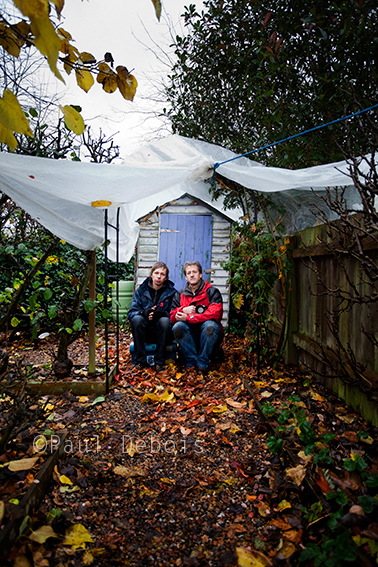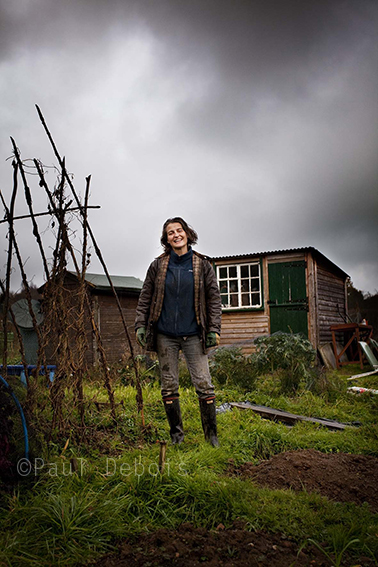Some photographs from the previous week – Kew Gardens, The Garden Museum and Victoria Tower Gardens.
Category Archives: Garden Photography
Garden Photographer of the Year competition 2011
This year I have been lucky enough to have a single image selected in the final of the IGPOTY competition and have a portfolio commended. The exhibition will be on show at Kew Gardens from May 14th.
The single image is a portrait of a gardening team in the WW1 cemetery at Le Trou Aide Poste, near Lille, Northern France. This photograph is based on an image, taken around 1920, of a team of War Graves Commission gardeners. It is part of a story on the Fromelles Cemetery near Lille, opened in 2010 for the reburial of British and Australian WW1 soldiers, whose bodies were discovered in a mass grave in 2008. The gardeners still work in teams, and move around various cemeteries in a particular region. Many are second or third generation, and are related to the original gardeners, many of whom fought in WW1. Kneeling on the right is Jean-Pierre (Jimmy) Macdonald whose British grandfather fought in the war and who settled in France in the employ of the War Graves Commission. For more information and images see www.pauldebois.com and look at the Fromelles gallery.
The Polaroid SX-70 portfolio was based on a photograph I took at Kew Gardens in 1982 as a photography student. Using the same camera, along with newly-released film I returned with the aim of capturing the atmosphere of this building, creating a ‘retro’ feel, with soft, almost monochromatic images. Polaroid SX-70 film was discontinued many years ago, but new film has been released, made by a company who bought what was left of the original Polaroid factory. This film has its own peculiar characteristics, but like the original Polaroid, produces very soft images – optically and tonally. The Palm House has lots of shade and I had to think in terms of black & white as the film could not render colour very well in these conditions. The photographs are not intended as literal portraits in the conventional sense.
The full size images can be seen in the previous posting ‘Shake it like a Polaroid picture‘.
An alternate view
These are experimental shots I’ve taken over the last few days, and are tests for a project I’m currently researching. They happen to be taken in my back garden. As I haven’t done any gardening since mid-summer, most things appear to be dead – even the things you would expect to be alive. I suppose this style of gardening is best described as non-interventionist – but it leads to some great photographic opportunities!
Kew Gardens, 18th February
A few test shots from a short visit to Kew Gardens last Friday. After four days of scanning, spotting and captioning some of my classic car photos, I felt I deserved a day out of the office!
I’m also trying a blog slideshow plug in, which has more images to scroll through. Hopefully it will view correctly in your browser. If you click on a large photo, it will stop the slides changing and display a full frame image. To restart the show, click on the background or thumbnail of your choice.
- Viburnum farreri
- twigs and branches, Kew Gardens
- Rhus chinensis
- Quercus robur or English oak
- Pyrus ‘pashia’ – windfall fruit
- Platanus x hispanica or London plane
- Platanus x hispanica or London plane
- Hamamelis intermedia
- Hamamelis intermedia
- Crataegus mohrii
- Crataegus baroussana
- Celtis laevigata ‘smallii’
- Celtis laevigata ‘smallii’
- Carpinus turczaninowii or Turczaninow’s Hornbeam
- Camelia japonica ‘cardinal’ petals on ground at Kew
Shake it, shake, it like a Polaroid picture…..or not!
The instructions from Polaroid issued after the song by OutKast suggested you shouldn’t really shake your valuable instant photographs as they developed. In fact shaking is more likely to cause damage. So however energetic you feel, gently place each picture on a flat surface …..and watch it, watch it!
Apparently the idea of shaking your print came from using the old peel-apart material which had a damp surface immediately after developing. Shaking the prints helped them to dry – or so the say.
Yesterday I went to Kew Gardens to test my latest photographic acquisition, a Polaroid 320 camera. After much searching online, I had found some old 669 peel-apart film, which was seven years out of date. As it’s not made anymore, it’s hard to come by. It was a bit slow, and the prints had a very strong blue cast too, but I suppose this is the fun of it. And did I shake them? Yes!
So a few examples.
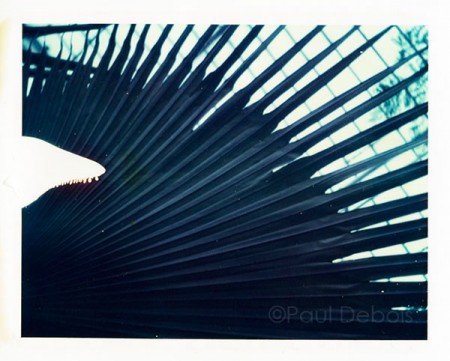
Palm House Kew Gardens - 669 Polaroid print, with the classic fault where the chemical gel fails to spread evenly over the print.
Just before Christmas I tried out another Polaroid camera, this time shooting SX-70 film. This you definitely didn’t shake. In fact it is so sensitive, it needed to be covered with black card as it was ejected from the camera to protect it from the light – then placed in my camera bag for at least five minutes. A complete P.I.T.A! Interesting results though.
Keep it simple, silly!
Over the last two or three years I have been running photo-sessions with colleagues who want to improve their photographic skills. An hour’s guidance can often help people see photography in a completely new way. Usually for personal work, or for those in the transitional stage between film and digital, I find teaching can be rewarding, especially when seeing someone make progress. In most cases, there is a eureka moment – a basic concept suddenly makes sense, with many other things slotting into place. As there is so much information available in books and online that it becomes difficult to work out what is useful and what is irrelevant. Or just plain wrong.
As I’ve been taking photographs since I was 14 or 15, the biggest problem I have is that I take for granted many basic skills. So I have to be careful. What is very obvious to me can be a complete mystery to someone who has just picked up a camera.
My natural inclination is to say, “Keep it simple”. Having a good idea in the first place will dictate how a camera is used, and skills will automatically develop with your particular needs. Buying loads of kit, and reading every technical instruction manual going, without a concept in mind will just befuddle you. You’re far better off looking at examples of good photography and developing an understanding of how other photographers work. This will help your own ideas evolve while you practice and take test shots. Expensive additional kit will then become obvious to you further down the line, so don’t go to a camera shop with an open cheque book.
On Friday I was asked by my colleague Veronica Peerless, a garden journalist, to accompany her on a visit to Kew Gardens. She needed advice on shooting and preparing images for web use, particularly for her blog. Coming from a magazine and TV production background, she is used do dealing with imagery, and has a good visual sense. But like a lot of people, she needed basic advice on the capabilities of a camera, to give her confidence when converting an idea into a useful finished product.
I’m not going to go into much technical detail here, as everyone has different needs. But Veronica had enough previous experience to understand aperture and shutter priority modes, so it was a case of grasping exposure compensation or the manual mode. Having grown up with film, and cameras with no auto settings, my preference is still manual. That’s just my choice. It does no harm learning this way though – slightly slower, but because you are controlling everything, it helps you to understand the effect each function has. You can quite easily flip into a semi-automatic mode later on.
We went through various shooting situations. As she will be writing about botanical subjects, close-up views, along with general scenes were essential topics. Her camera is a Panasonic Lumix DMC-LX3, a very good compact. I liked it because this was the first compact I had come across where the shutter and aperture controls remained ‘live’ on the camera screen, enabling quick toggling between the two in manual mode.
Shooting with a wide aperture is a popular technique with flowers, reducing the depth of field to the absolute minimum. I don’t think it is possible to create the really soft images that a DSLR or 35mm film camera fitted with a wide aperture lens can capture. This is something you need to weigh up. If this became essential, you would be better off with a DSLR. This was a slight frustration for Veronica, and was probably the only criticism of the camera. But if you are blogging, or are a garden designer taking reference shots, most of the time you should be fine with a compact, especially this one. You can carry it all the time without great inconvenience.
The top photograph is with the Lumix, with the zoom lens set to 12.8mm and an aperture of f2.8. My shot is on a full frame sensor Canon 5D with an 85mm lens set to F1.8. Not a fair comparison, but she wanted to see how I would work and see what her camera would do in a similar situation.
We tried various close-up tests and landscape views as well as into-the-light shots inside the Temperate Greenhouse – always a bit tricky. As there is a large contrast range, any camera, whether film or digital will struggle here. It’s a case of accepting the limitations – and even making use of them. Her image below is a good pro standard shot, the limitations previously discussed not playing a part.
All of the files we took were processed on a computer later in the day. I didn’t want to make this a really hardcore digital session, as she does not intend to spend hours working in photoshop. I showed her how to make basic colour corrections and to resize for web use manually – but I also created an automated batch action in Photoshop, to resize and save for web. This should be sufficient for the time being! So, all in all, an enjoyable day, with a nice relaxed session. She said it was a revelation – we shall see. I intend to test her in the near future!
Joiners and montages
One of the unusual jobs I did last year was to produce three photo montages for SAGA, illustrating parks that had been restored using lottery grant money. Actually it was one of those jobs that was great fun to do because the brief was very open. I had free range over the interpretation, providing each image was identifiable with each of the respective sites. A rarity! The parks in question were Myatt’s Field in Lambeth, London, Catton Park near Norwich, and Sandall Park near Doncaster.
Due to the hot weather in early July 2010, the time scale for shooting was short. Grass was burning up and flower displays were quickly going over. So immediately after the press day of the Hampton Court Flower Show, I headed up to Norwich at the start of a long three day circular journey.
The ambient lighting or weather conditions are the same in any montage I have made – stable! It can be overcast, rainy or sunny. I don’t care. Anything but changeable. Ideally you want the same lighting from the first frame to the last, otherwise it makes it very difficult to join the images together once working on the computer. I now always shoot this type of image with a digital camera. The first ones I made whilst at college in the early 1980’s were obviously on film and were much smaller scale – they were rarely more than 20-30 individual photographs arranged together. The ones I now produce can have anything from 200 up to 600 individual frames. With this number, you have to have similar contrast and colour balance.
Even with 600 images, speed is still needed. The basic set will be produced in around 60 minutes, with maybe additional key shots taken immediately afterwards. I never use a tripod, as I’m not trying to get a symmetrical line of frames for a seamless join. Actually, human error is a key part. One small aberration at the left of the frame will have a knock on effect on the right and vice versa. But this is part of the adventure. It creates distortions – and the fact that the angle of views are often 240 degrees to 360 degrees, perspectives are deliberately false.
Underneath each image is a link which will reveal an animation in a new window, showing the construction of the photograph, from the first frame to last.
Myatt’s Fields – click to view animation
Catton Park – click to view animation
Sandall Park – click to view animation
My first montages were made from SX-70 Polaroids. They were slightly easier to join up as the prints were produced instantly and you knew immediately whether you needed to shoot more frames to complete the set. The following are made up from only four shots each.
With these images, I scratched the surface with sand paper as an experiment to reduce the gloss finish. I even remember setting fire to some to see what distortion effects I could achieve. Not normal practice, and I remember as a sheepish 19 year old trying to explain what the burning smell was to my mother. For those who are curious, they smell like burning car tyres!
The following sequence is from more recent work.
Kew Montage 2 was in the New Views Exhibition at Kew Gardens in 2004. Trafalgar Square and M40 Junction 6 appeared in the Garden Photographer of the year exhibitions in 2007 and 2008 respectively.
The parks images can be seen in the March issue of SAGA Magazine.
Garden Media Guild
Last Wednesday I was invited by BBC Gardeners’ World to an end of term bash at the Garden Media Guild Awards. All very nice, and I was a finalist in the awards too, with a portfolio of eight images published over the last 12 months.
Along with the award ceremony, which was held at the Brewery in Chiswell Street, there was a three course meal. This included a desert that baffled James Alexander Sinclair, who happened to be sitting at the same table. I hadn’t heard of a Blackberry Tendance either.
I wouldn’t normally go on about a lunch, but I was quite curious about the goody bag that one often gets presented with at large events. As a car photographer I was lucky enough to travel all over Europe, the US and Japan, where you would frequently be presented with mementos relating to a particular country – wine, pens, model cars, books and T-shirts to name but a few. But never an axe! It’s a very fine axe too. I sat on the tube rehearsing my statement to the police all the way home!
Two new exhibitions: Shades of Winter at Fulham Palace, and Red Dot at the Association of Photographers Gallery
There are two new exhibitions where I have photographs on display, both in London. The first, Shades of Winter, is a joint exhibition at Fulham Palace, with photographer Caroline Ames. I have 10 of the Pinhole Impressions series on display (see previous postings) and Caroline has 10 photographs of Fulham Palace, taken last winter. A large version of 43 Gardeners’ Hands is also on display. This runs from 24th November 2010 to 27th February 2011. For more information and travel details, see the Fulham Palace website.
The second exhibition is the Red Dot charity auction at the Association of Photographers Gallery, where I have two images on display. This is an annual event where silent bidding starts at £40 for all prints. All profits from print sales will be donated to the charity Photovoice, a multi-award winning charity based in London. Its mission is to bring about positive social change for marginalised communities, providing them with photographic training with which they can advocate, express themselves and generate income. You can view all images online, or see the images on display at the AOP gallery from 1st December 2010 to 13th January 2011 – Opening hours: Monday – Friday, 10am – 6pm. Visit the website for travel details.
Rain doesn’t stop play
Just over a week ago, I visited Batsford Arboretum, near Moreton in Marsh and the garden at Mill Dene. I had a great drive through the Cotswolds on fantastic Autumn day, to see trees at their best. What a difference a week makes. On a shoot at Capel Manor a few days later, I had to create a large plastic tent to shelter from the wind and rain whilst photographing garden products. Then today, I photographed journalist Sally Nex at her allotment. Despite the best efforts of the various weather sites, we couldn’t find a time slot to keep us dry. Even my camera had a fit of the vapours. I guess winter has arrived.
Actually this was Sally’s last day at this particular plot. Not only did she put up with standing around in the rain for a portrait – she took down a greenhouse in under two hours (smashing just two panes of glass), loaded a van with tons of gardening paraphernalia accumulated over six years and even solved a dispute over jelly babies and Jaffa cakes. Now here’s a woman who can multitask!
Despite frequent inclement weather, winter can actually be a great time to take photographs. The sudden weather changes offer many opportunities and trees and plants take on a new form. Unfortunately, commercial photography becomes difficult to plan. But this is far outweighed by the unexpected. I think the unexpected in this case was the fact that Sally kept smiling!

